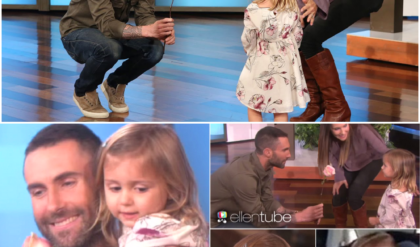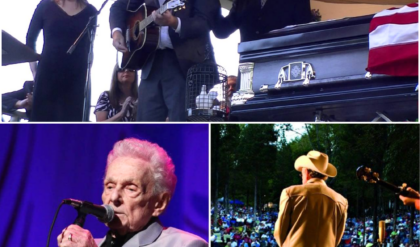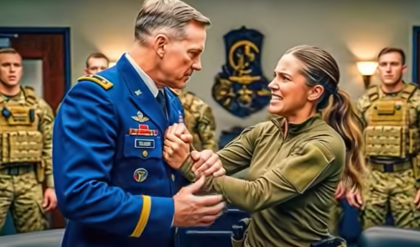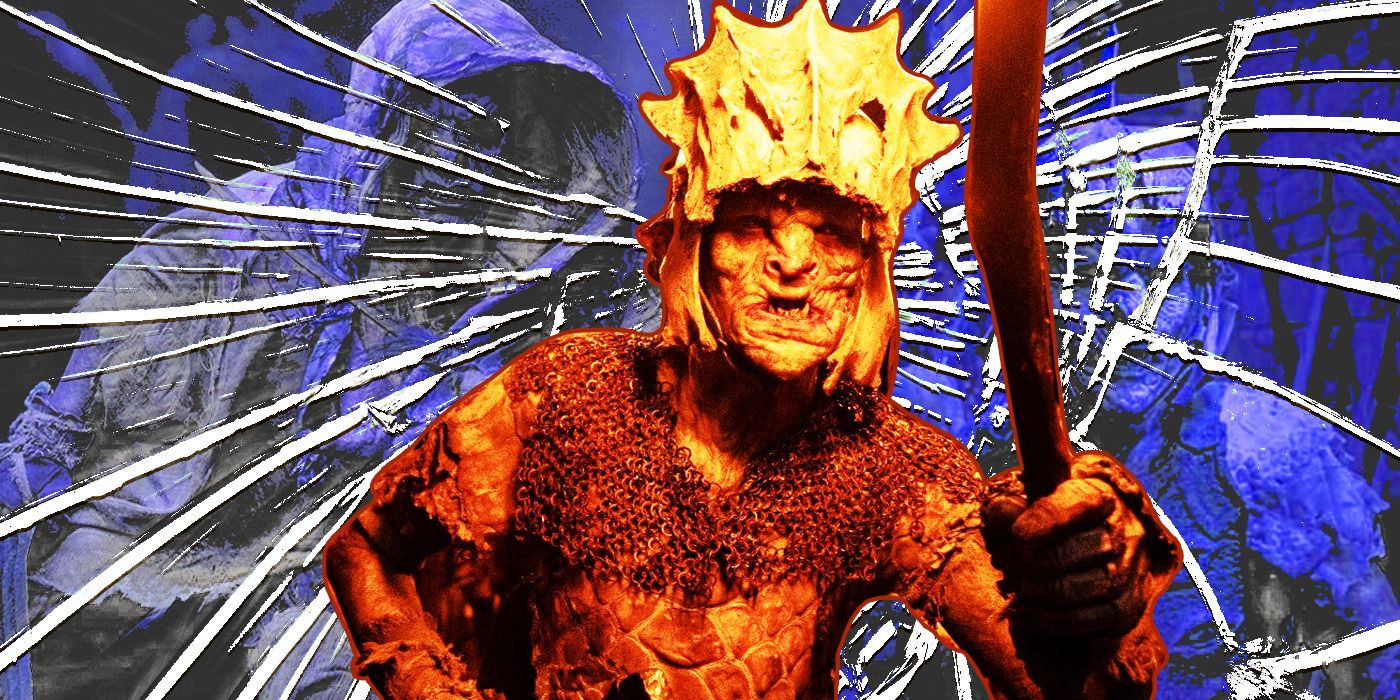
Wherever your feelings lie, The Rings of Power brought a unique element to live-action adaptations of Tolkien’s work that, while not necessarily absent from Jackson’s films, reached near perfection this time around. Within the expansive story that The Rings of Power chose to take on, the orcs play a central role in the series’ villainous opposition. This isn’t entirely unique to the show — orcs were widespread throughout all six of Jackson’s movies — but The Rings of Power does orcs better than anyone. Yes, even better than The Lord of the Rings trilogy.
‘The Lord of the Rings: The Rings of Power’ Has a Lot Going for It
The orcs aren’t The Rings of Power‘s only success. The story may meander a bit before it dives into investment-worthy arcs. The elves could certainly benefit from the longer hair and ethereal vibes that we’re used to, and something about the land of Numenor simply does not live up to the grand status we were taught to expect. All this and other nitpicks aside, The Rings of Power is a triumphant venture back into Middle-earth.
It takes less than a short moment to begin caring about these characters, most of them brand new to live-action media, and some of them entirely new creations altogether. Save for a young Galadriel (Morfydd Clark) and Elrond (Robert Aramayo), many of whom The Rings of Power asks us to follow carry the burden of following the beloved performances of every single cast member of Peter Jackson’s films, written to perfection by Jackson, Fran Walsh, and Philippa Boyens. The journey of the Harfoots on their migration and their encounter with the Stranger (Daniel Weyman) is a narrative constructed anew for The Rings of Power, but it feels as if it’s straight from Tolkien’s writings.
The true strength of the series comes from the impending doom of evil’s return that Galadriel and a small town of humans are bent on uncovering, much to the discrediting of the majority of Middle-earth’s inhabitants. Believing that the dark lord Sauron has left signs of his return, and soon facing factions of orc combatants, the shadow of evil that’s swiftly entering is what makes The Rings of Power a prequel companion to The Lord of the Rings that is worth watching.
‘The Lord of the Rings: The Rings of Power’ Succeeds With Its Orcs
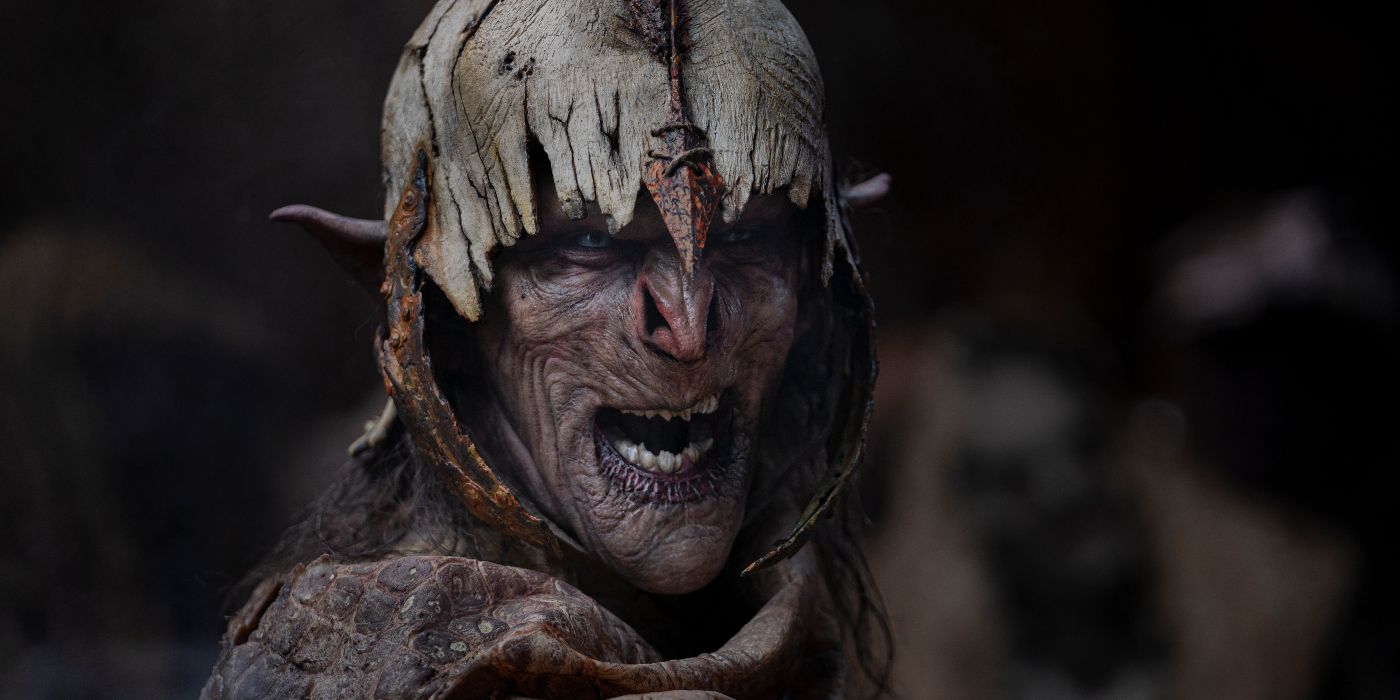
By far, the most brightly shining high point of The Rings of Power is the element of horror that the series’ creators brought to the project. Middle-earth is not without its fair share of dangers and, to put it lightly, terrifying realities. Jackson’s films leaned into this, to their credit, but always in service of the greater story and its focus on the central Fellowship. To be sure, this is a positive aspect of Jackson’s original trilogy; The Rings of Power simply had a different playing field on which to tackle elements that may not have fit within the runtime of three films already burdened with the massive scale of its narrative. By large, the orcs of Jackson’s films are relegated to a grunt-like role, while some key figureheads (orc and Uruk-hai captains, for the most part) stand out and offer a more formidable threat to the protagonists.
By the third episode of The Rings of Power, the orcs come out in full force. Arondir (Ismael Cruz Córdova), a Silvan Elf charged with watching over the human-inhabited Southlands, is abducted and thrown into enslavement by a mysterious battalion of orcs. Chained with other Elves and humans, Arondir’s circumstances would lead to the first season’s ultimate climactic clash between the rising power of the orcs, the humans who have not turned toward darkness, and the Elves offering a newfound alliance. At no point in these encounters are the orcs easy targets, and even down to the briefly appearing background extras, each orc is created with care and cunning. It’s as if the best horror filmmakers available decided to add their signature touch to Middle-earth for the first time.
Orcs Vary Greatly Across ‘The Lord of the Rings’ Franchise
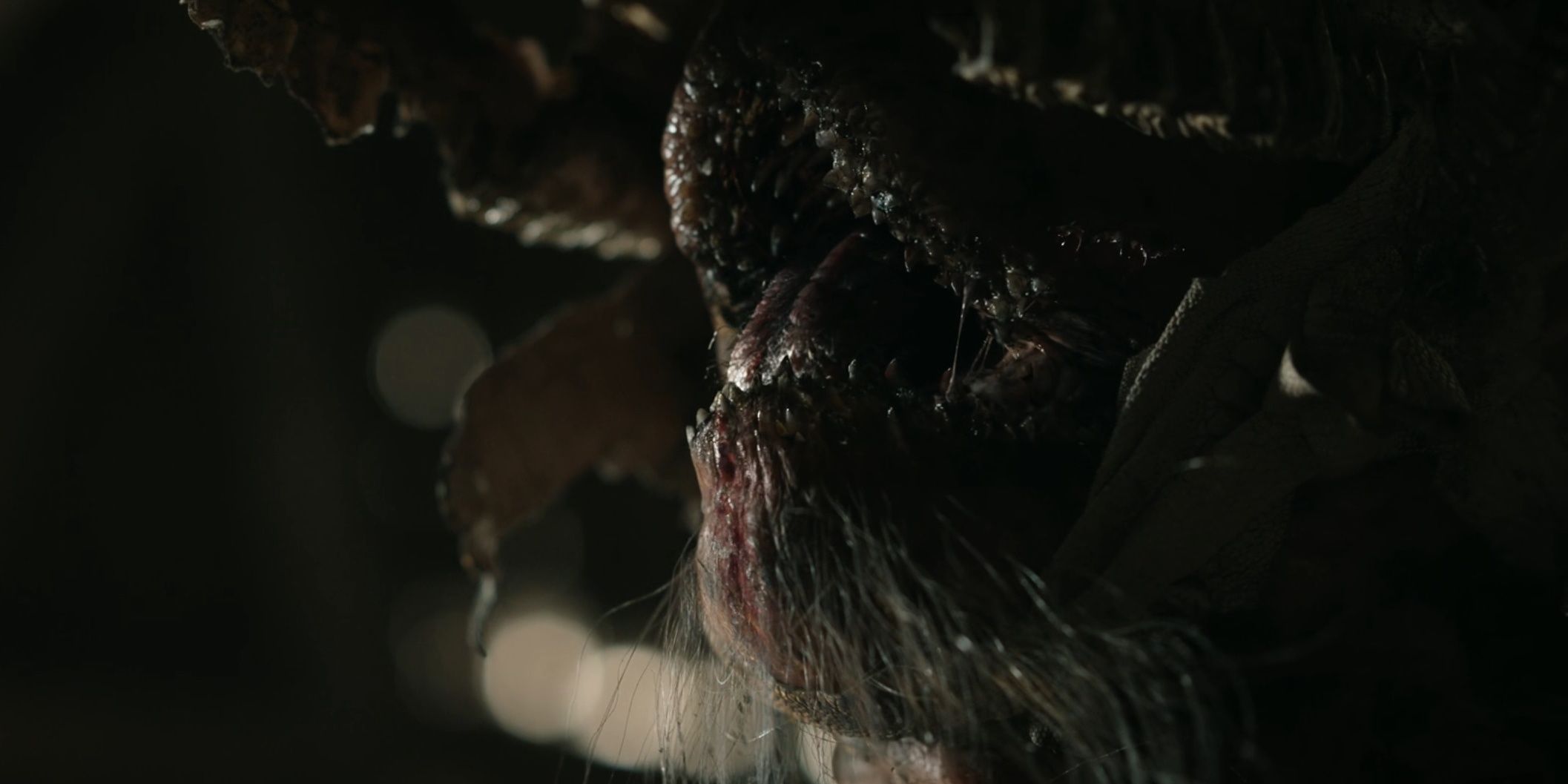
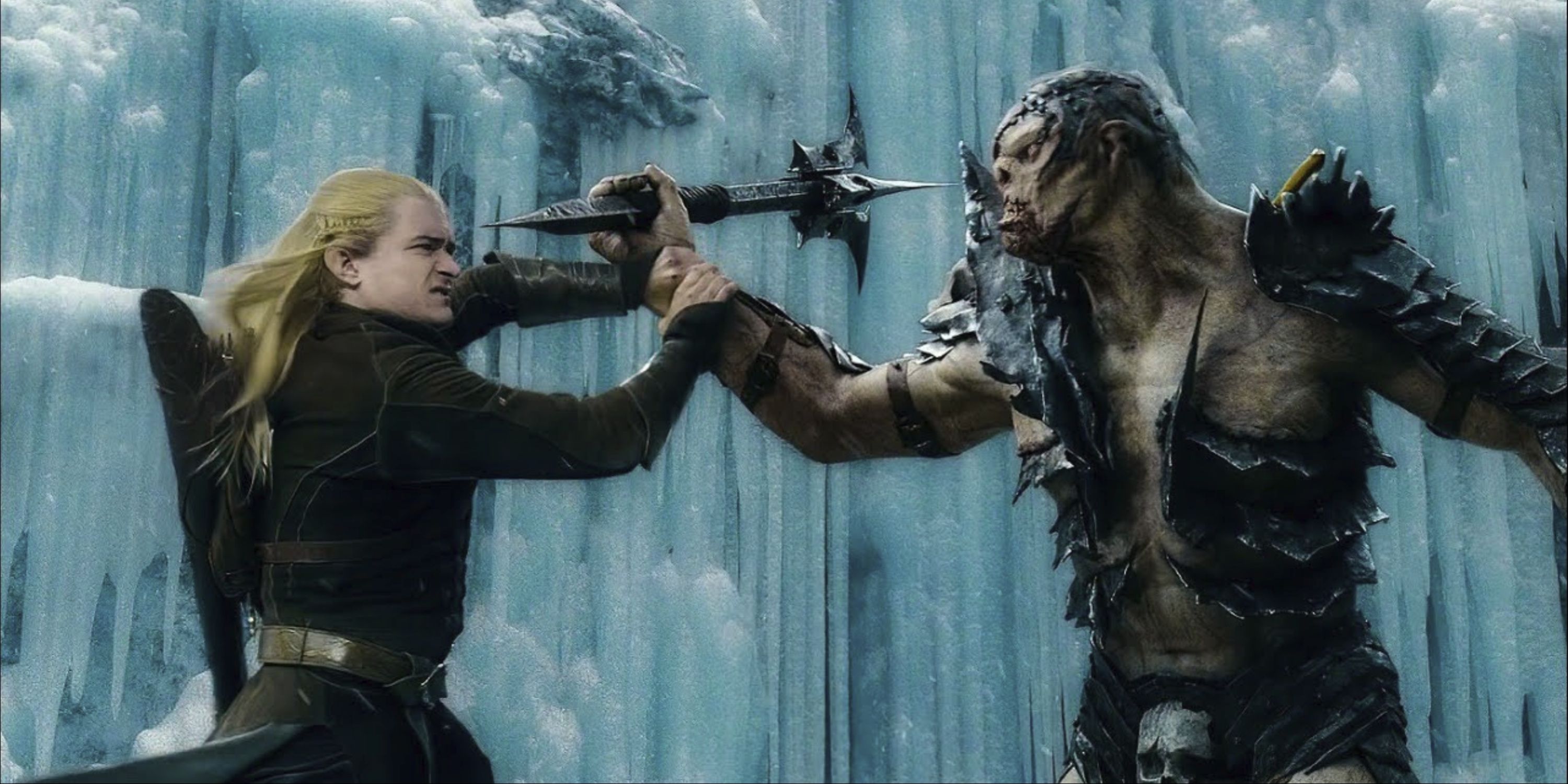
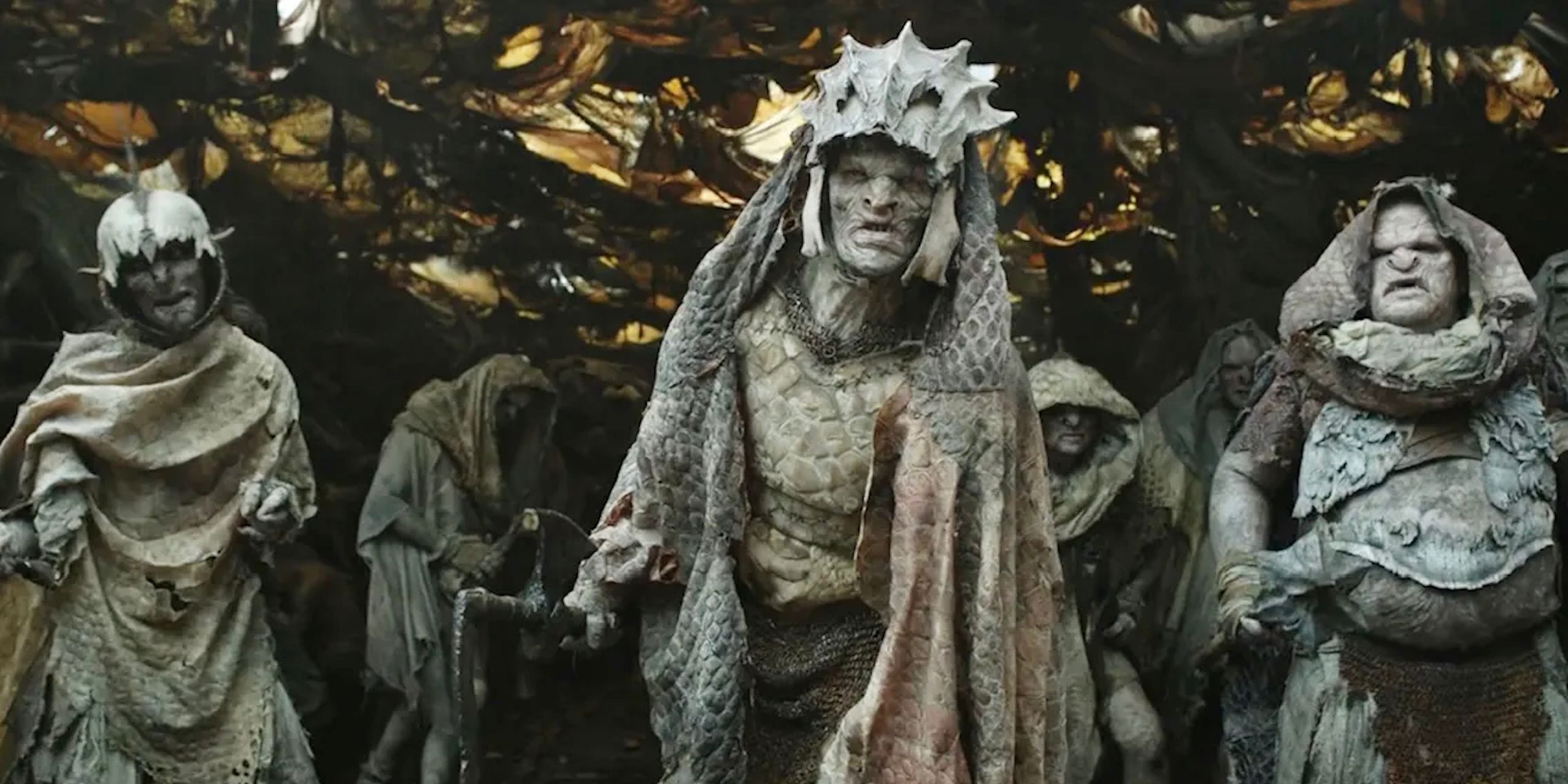
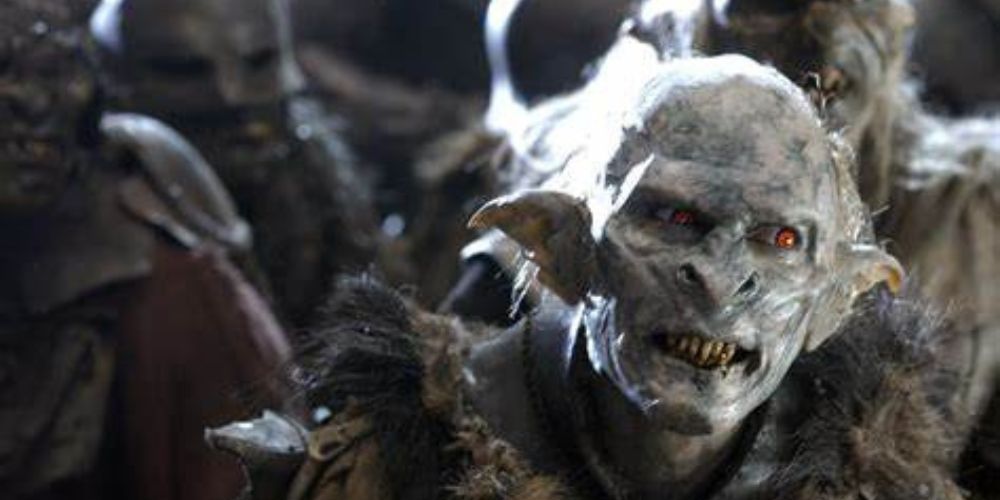
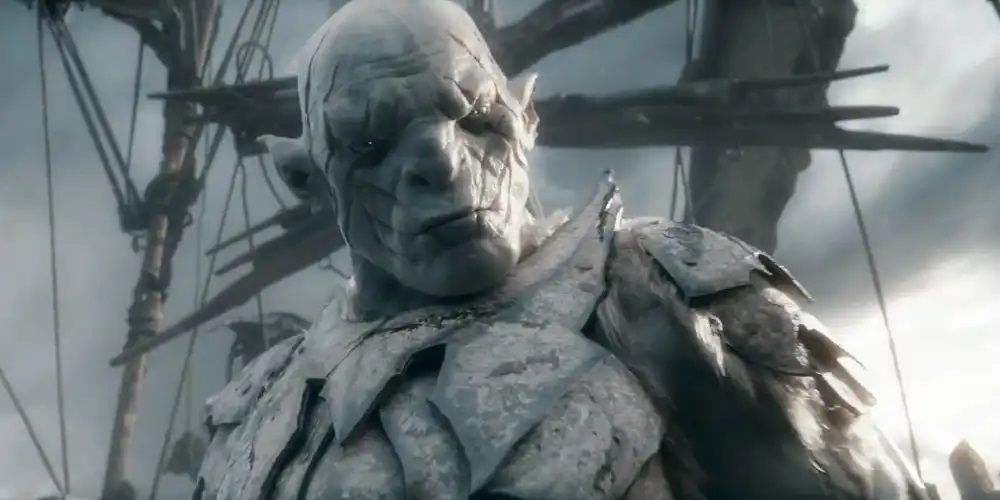
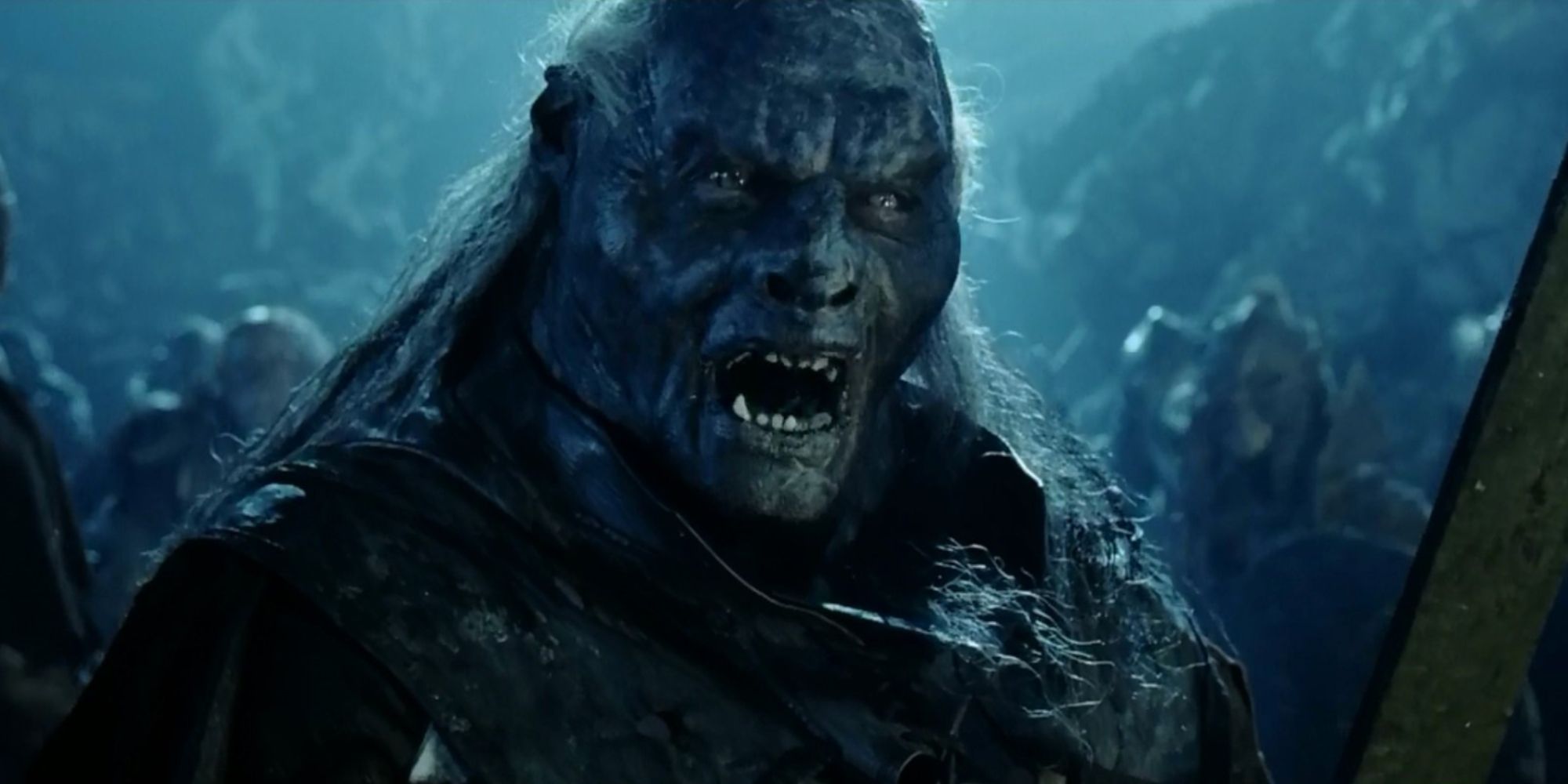






The heroes can slice through orcs like butter in The Lord of the Rings and The Hobbit. Not mad about it — the Battle of Helm’s Deep in The Two Towers is still one of the best sequences of any fantasy movie ever, and the captains of their ranks are some of the greatest prosthetic-clad characters to ever grace a film. The Fellowship of the Ring gave us Lurtz (Lawrence Makoare), the leader of Uruk-hai sent by Saruman (Christopher Lee) to track the Fellowship and apprehend the halfling members on their way to Mount Doom. Makoare is a genuine fright, delivering a menacingly abrasive performance beneath all the layers of Weta’s masterfully crafted sfx makeup.
Throughout The Hobbit‘s trilogy, however, virtually all intimidation was drained from the orcs. Appearing almost entirely through the use of CGI, eliminating these orcs was as easy as swatting away a swarm of three or four fruit flies, and their lack of practical design left them feeling as unthreatening as they were intangible. Azog the Defiler (Manu Bennett) is the central antagonist that spans all three Hobbit movies, and, despite a handful of exciting sequences and a top-tier motion-capture performance from Bennett, Azog never emits a sense of danger like his original-trilogy counterparts and nowhere near that of the orcs in The Rings of Power.
Ultimately, what gives The Rings of Power the upper hand in orc-related business is the opportunity to take their time and offer more intimate encounters. We still get some of the best-of-the-best orcs from Peter Jackson — The Return of the King‘s Gothmog (also portrayed by Makoare), anyone? However, it’s the featured, high-ranking orcs that pack a punch. The terror of the average orc in Jackson’s films comes from the sheer size of their armies and less so from the individual stakes they bring to the table.
Maybe it’s the smaller scale that gives The Rings of Power‘s orcs an aura of the horror genre — small scale in the sense of the story, at least; the series still boasts a massive budget. The return to practical makeup and prosthetics is a huge bonus, too. Above all, The Rings of Power does orcs better than anyone because they present a palpable threat to our heroes, and all the while, they’re genuinely horrifying.
Season 1 of The Lord of the Rings: The Rings of Power is streaming on Prime Video.
